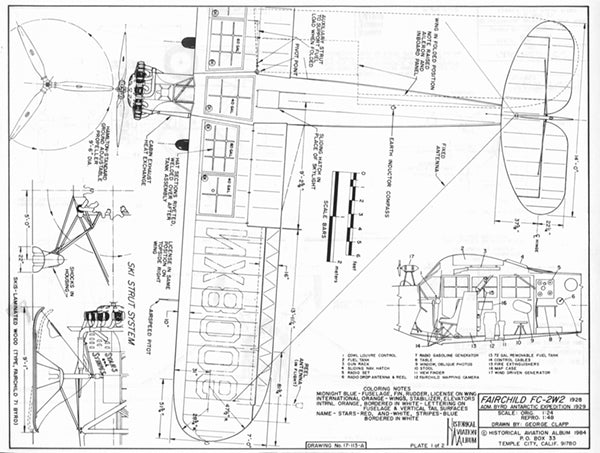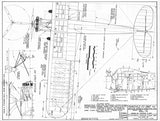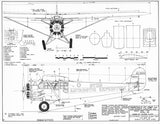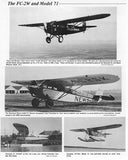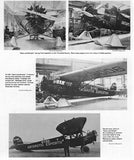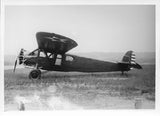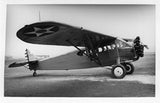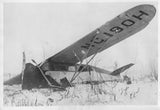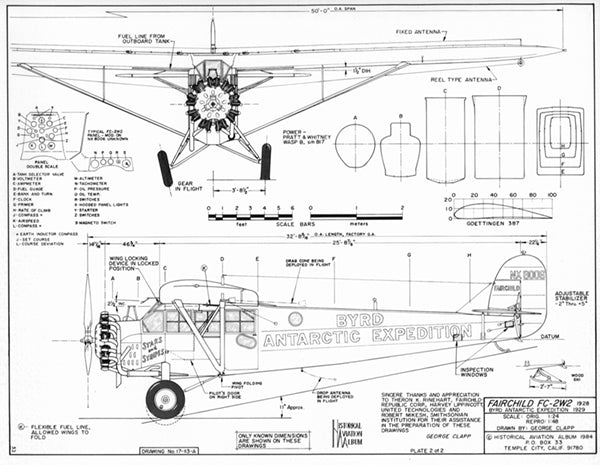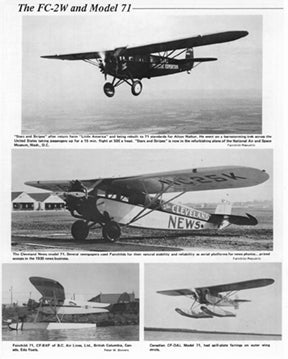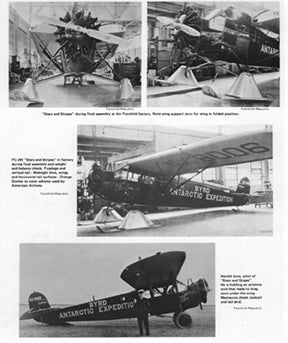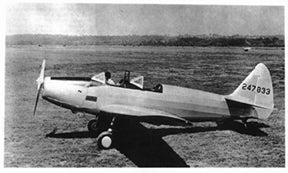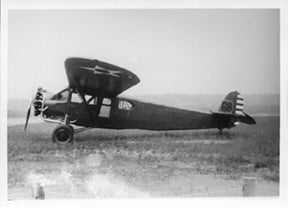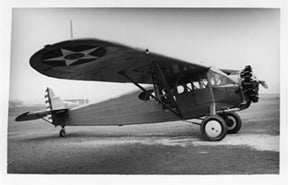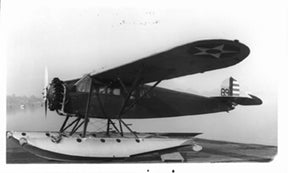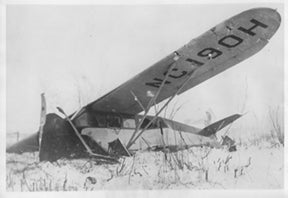Drawing - Paul Matt - Fairchild FC-2W
$ 1.49
Brand Kiona Publishing, Inc.
A version of the Fairchild FC was optimized for cargo carrying was produced as the FC-2W with a Pratt & Whitney Wasp radial engine and increased wingspan. Two of this later version were destined for fame: City of New York, flown by Charles Collyer and John Mears for the overland portions of their record-breaking around-the-world trip in June – July 1928, and Stars and Stripes (Serial No. 140), an FC-2W2 taken by Richard Evelyn Byrd on his Antarctic expedition of the same year. Byrd's aircraft is preserved at the Virginia Aviation Museum, on loan from the National Air and Space Museum.
The Fairchild FC-1 was produced in the United States in the 1920s and 1930s. It and its derivatives of light, single-engine, high-wing utility monoplanes were designed to provide a camera platform for Sherman Fairchild's aerial photography and survey business, Fairchild Aerial Surveys.
The prototype FC-1 first flew in June 1926. Initial flight tests found the Curtiss OX-5 engine inadequate. A Wright J-4 with double the horsepower was substituted and the aircraft was then designated FC-1A. Fairchild felt it had commercial potential, so in a slightly revised form, it was put into production as the FC-2.
The commercial aircraft differed from the prototype. It had increased cabin area and was offered with a choice of engines. It was offered with wheels, skis, or floats as well. Early aircraft were fitted with only three longerons in the fuselage’s rear, which gave the aircraft a “Razorback” appearance. Later series eliminated this distinctive feature.
Designed with aerial photography in mind, the FC-2L featured an enclosed and heated cabin. It also had extra windows for improved downward visibility.
Specifications:
- Crew: one pilot
- Capacity: four passengers / 820 lb
- Length: 31 ft 0 in. (9.45 m)
- Wingspan: 44 ft 0 in. (13.41 m)
- Height: 9 ft 0 in. (2.74 m)
- Wing area: 290 ft2 (26.9 m2)
- Empty weight: 2,160 lb (980 kg)
- Gross weight: 3,600 lb (1,633 kg)
- Powerplant: Wright J-5, 200 hp (149 kW)
- Maximum speed: 122 mph (196 km/h)
- Range: 700 miles (1,127 km)
- Service ceiling: 11,500 ft (3,500 m)
- Rate of climb: 565 ft/min (2.9 m/s)
* All downloadable drawings and photos are high resolution — 300 dpi

